Table of Contents
- Napa Cabbage vs. Regular Cabbage
- Other Names for Napa
- How to Grow Napa Cabbage
- How to Use Napa Cabbage
- Napa Nutrition Benefits
- Preserving Chinese Cabbage
* Our articles never contain AI-generated slop *
Napa cabbage is a resilient and heat-tolerant brassica that should have a place in your garden. Let's look at how to grow it, care for it, harvest and use this tasty Chinese cabbage.
I love this stuff! It's got numerous culinary possibilities, and I find it to be a really tough and vigorous cabbage that can even tolerate the harsh climate where I garden in the Sonoran Desert
napa aka "Chinese" cabbage can tolerate low temps like traditional cabbage, but does much better in the heat as well.
Disclaimer: This post may contain affiliate links. Refer to the privacy policy for more information.
Let's talk about what strengths and benefits this stuff will bring to your garden, and some creative ways to cook with napa.
Napa Cabbage vs. Regular Cabbage
Also known as Chinese cabbage or celery cabbage, napa is a leafy vegetable with a mild, slightly sweet / slightly bitter flavor.
Unlike typical cabbage which typically has round sherical heads, napa leaves are elongated and heads are longer and more narrow that traditional cabbages.
While regular cabbage is Brassica oleraceae, Chinese cabbage is Brassica rapa subspecies pekinensis.
Other Names for Napa
Napa cabbage goes by many names around the world, which vary by country. Some common names you may hear it called include:
- Napa Cabbage
- Chinese Cabbage
- Celery Cabbage
- Chinese Leaf
- Winter Cabbage
- Siu Choy
- Wombok / Wong Bok / Won Bok / Wong Ngaa Baak
- Petsay / Pechay Baguio / Petsai / Pe-tsai
We'll refer to it as both Napa Cabbage and Chinese Cabbage in this article, but it's worth being aware of some of these other names you may encounter this vegetable as.
How to Grow Napa Cabbage
Best Conditions for Napa
Napa Temperature Tolerance
Chinese cabbage does better in the heat than most brassicas.
For me, gardening in the desert with extreme heat and dry conditions is a big challenge. I was so happy once I tried growing napa cabbage here on a whim though, it has definitely proven to be a reliable performer in my desert gardens!
Because of its comparative heat tolerance relative to most brassicas, it has this great extended growing season in Southern Arizona. This means fresh and nutrient-dense greens during a time when other brassicas and leafy greens may struggle to survive.
As a regenerative gardener, having napa cabbage as a heat-tolerant option in my toolbox has been a game-changer!
Soil Requirements
Prep 'yer soil by working in organic matter and ensuring proper drainage.
Consider a moisture retention element in smaller planters as well, which may dry out quicker than in-ground plantings.
Napa cabbage prefers slightly acidic soil like most vegetables - around a 6.5 pH.
Nutrient Needs
Because napa grows so quickly and forms dense heads, it has slightly higher nutrient needs than many other leafy green vegetables.
Common nutrient issues encountered when growing napa include nitrogen deficiency and calcium deficiency because of its higher-than-average nutrient needs.
Napa is also very sensitive to boron deficiencies, so be sure you test your soil seasonally or anually to ensure you're meeting the requirements for napa growing.
Join The Grower's Community
Looking for a place to meet growers,
ask questions, share knowledge, be heard,
and feel like you belong? 🌱
Check It Out!
Napa Cabbage Growing Season
In most climates, napa can grow from the spring through summer and into autumn. It will tolerate frosts (but not hard freezes) as well as summer heat just fine.
Here in the low desert in Arizona, we grow napa from autumn to spring, right through the winter. It won't do well at 100F+ temps, but will grow up until the real heat kicks in here in early summer.
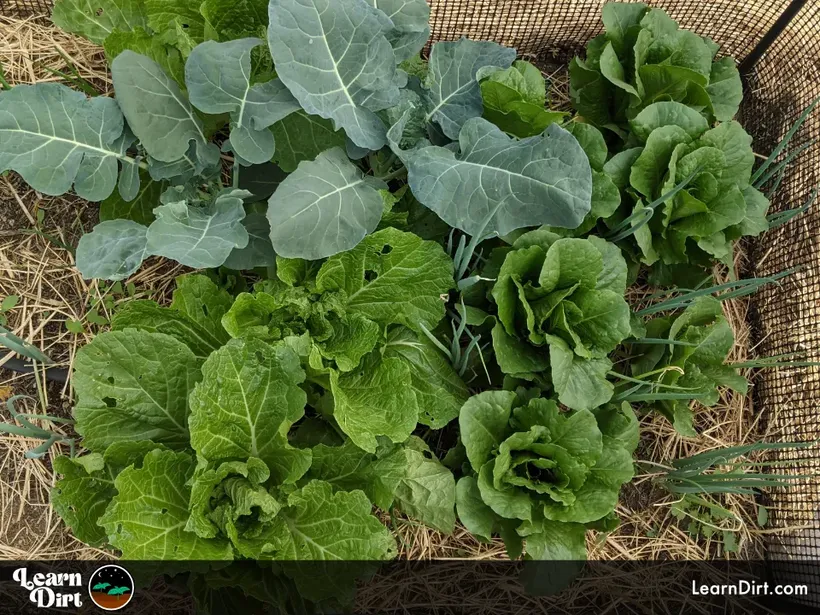
And will thrive from September through April
Planting
To successfully grow napa, start by selecting a suitable location in your garden that receives at least six hours of sunlight per day.
Best Time to Plant Napa Cabbage
Can Napa Grow in Containers?
How to Plant Napa Cabbage
Sow the seeds directly into the prepared soil, keeping them moist throughout the germination process.
I love sowing napa indoors too, to get a jump start on the fall season in August.
Thin the seedlings to allow enough space for growth, and provide consistent watering to keep the soil evenly moist.
Caring for Chinese Cabbage
Mulching heavily around the plants can help conserve moisture and regulate soil temps and you're off to the races!
Watering
How Long Does Napa Take to Grow?
Harvesting
How to Harvest Napa Cabbage
When to Harvest Napa
How to Use Napa Cabbage
Chinese cabbage is a perfect candidate for stir-fries, salads, and, my personal favorite, soups!
Some folks use napa as wraps for their favorite fillings. I still haven't thought through what I'd wrap yet but I'll report back when I've given this idea a try.
Did you know that this Chinese cabbage is often the star ingredient in traditional Asian soups like kimchi jjigae and hot pot? That's right! Its ability to absorb the flavors of the broth while maintaining a satisfying crunch can be other-worldly once you learn how to cook it right!
Dig Cool Merch?
There are so many recipes and cooking methods for napa out there that you can experiment with and fully appreciate the versatility of Chinese cabb.
Napa Nutrition Benefits
This stuff not only excels in the taste category (imo) but also kills it with exceptional nutrition. It's a great source of vitamin A, C, calcium, iron, and fiber. What's not to like!?
Preserving Chinese Cabbage
Dehydration
One of the remarkable qualities of napa cabbage is its utter versatility in the kitchen. Apart from enjoying it fresh, you can easily dry napa cabbage to preserve its flavors for future use!
Dried napa cabbage adds a delightful umami-rich punch to soups, stews, and stir-fries.

To dry napa cabbage, simply slice it into thin strips, blanch briefly in boiling water, and then spread it out to dry in a well-ventilated area or use a food dehydrator.
Once dried, store it in an airtight container, and you'll have a secret ingredient at your disposal to elevate the flavors of your favorite dishes.
I often crumble dehydrated Chinese cabbage into my soups and stews and it can really send a broth over the top.
Fermentation
You can lacto-ferment your napa cabbage on its own, or add other ingredients to the ferment to make your own homemade kimchi.
Check out our How to Ferment Garden Veggies to learn all about fermentation.
Bonus points here because a leaf of napa can be used on top to hold the kimchi below the brine level in your jar while it ferments.












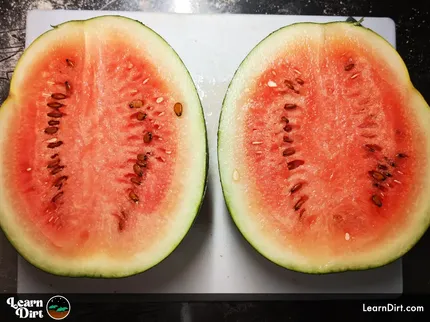
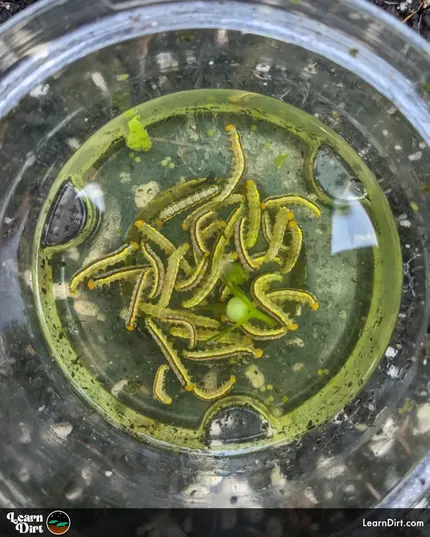

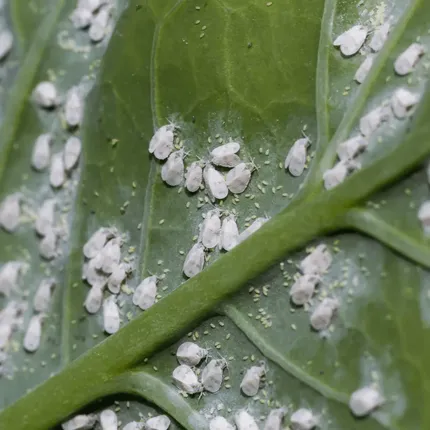

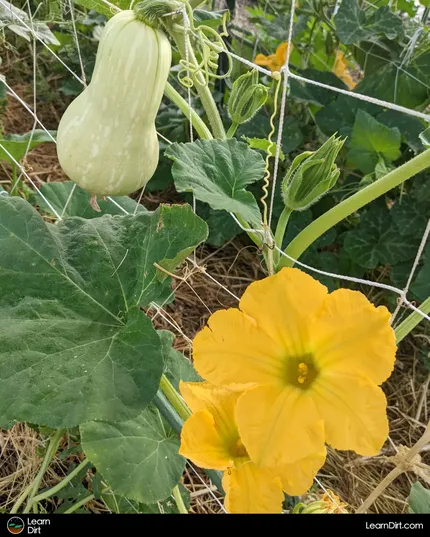
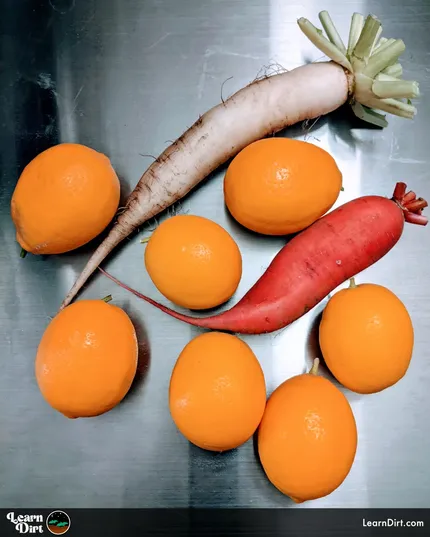
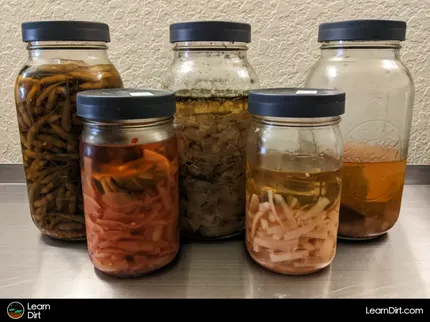
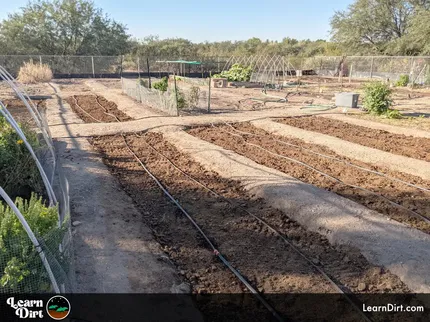
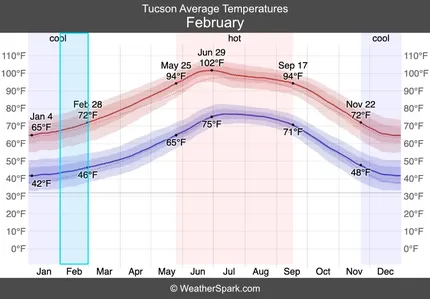
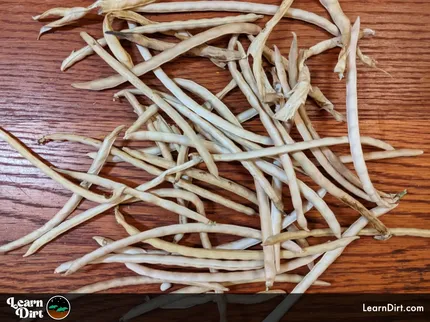



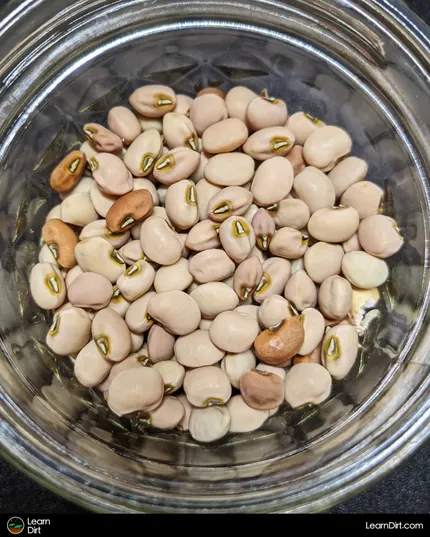

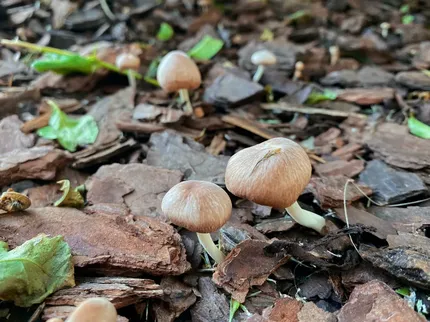

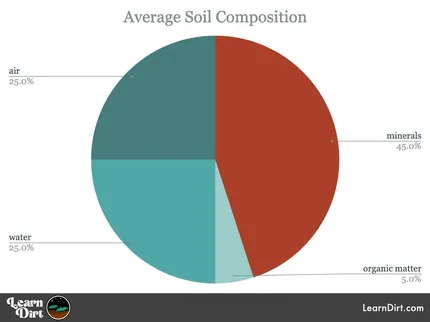
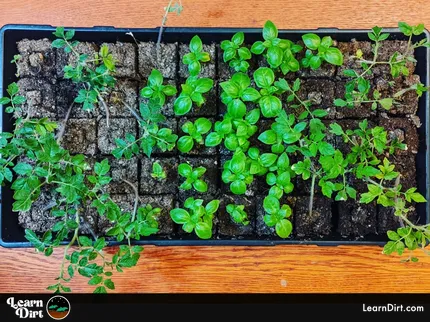
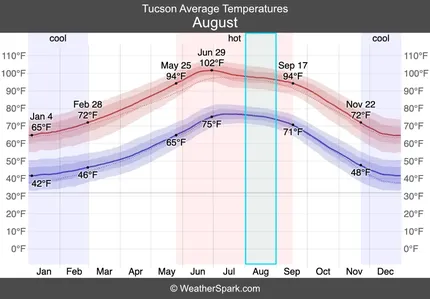
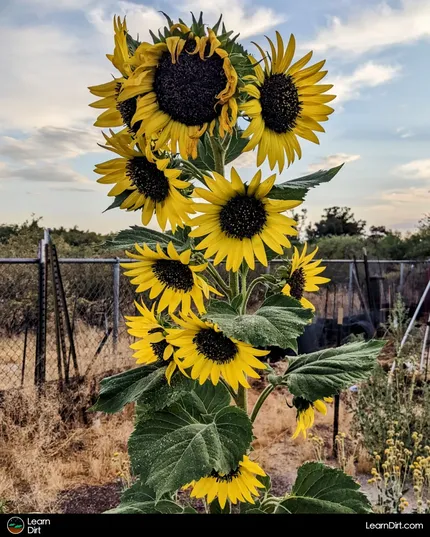
Leave A Comment:
Under construction, please check back soon!